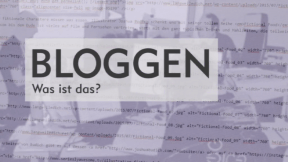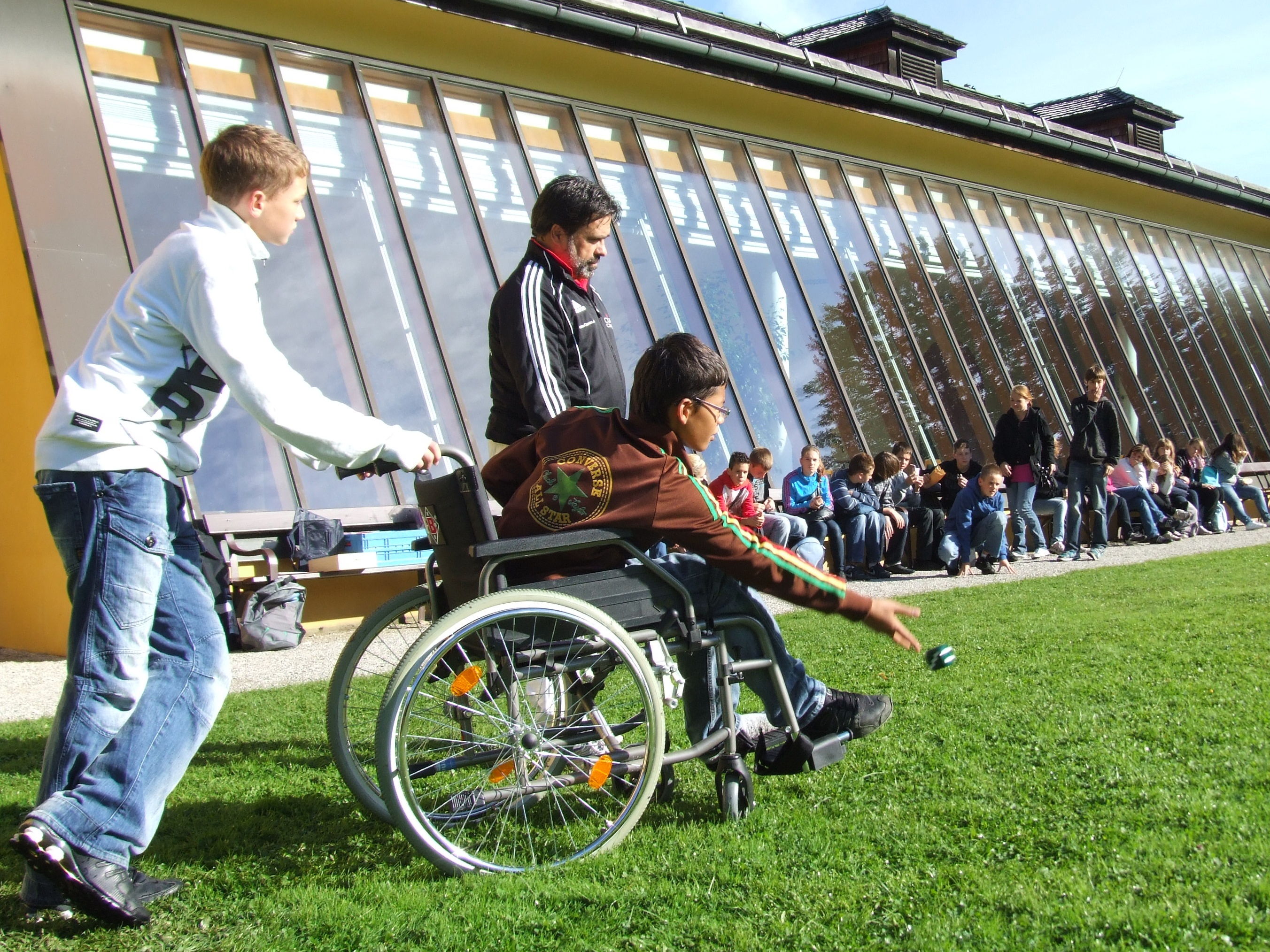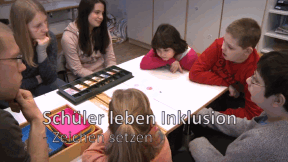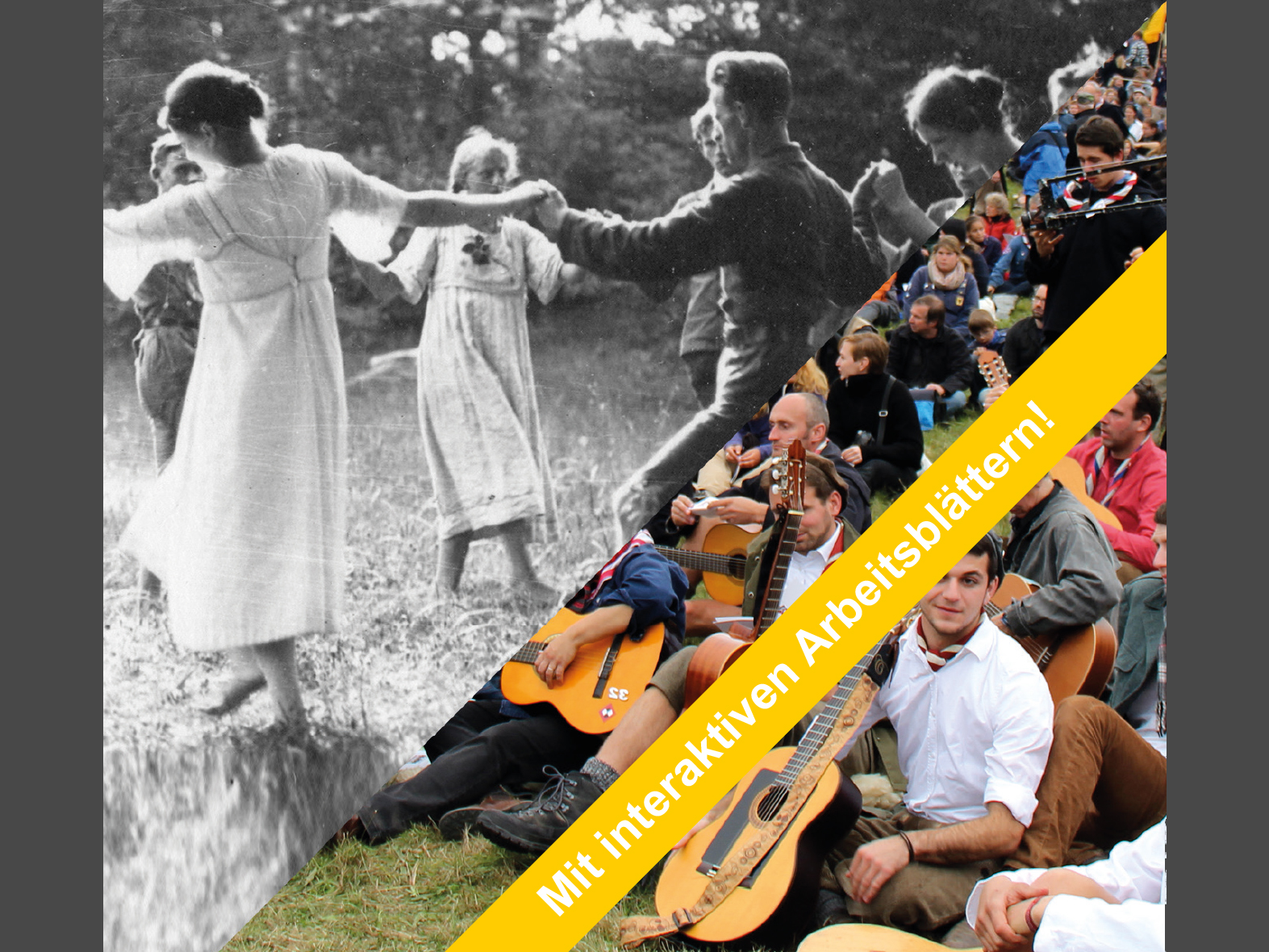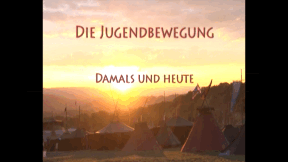 Geography
Geography

4667676 / 5558935
The River Elbe
Major European Rivers
Its catchment area is almost as large as 40 % of the surface area of Germany; it is 1.094 kilometres long: the River Elbe. In impressive nature pictures the multifaceted course of the Elbe from its source in the Giant Mountains to its estuary in the North Sea is shown. The division of the Elbe into its sections is just as precisely documented as its most important tributaries. In the first part of its upper reaches it flows in a wide arc through the Czech Republic, where it is called Labe. It cuts across impressive landscapes such as the Bohemian Switzerland and after the German border the Saxon Switzerland. During its course it flows through historically and culturally important cities. Dresden, with its famous monuments and bridges, is the first metropolis. Steeped in history, the cities of Meissen, Torgau und Wittenberg follow. Now the Elbe River follows the course of the glacial valleys. From Magdeburg its course runs towards Hamburg. The various facets of the seaport metropolis are illustrated. Eventually the film accompanies the River Elbe on its last section – to the North Sea until Cuxhaven. Together with the extensive additional material the DVD is ideally suited for use in the classroom.
Play trailer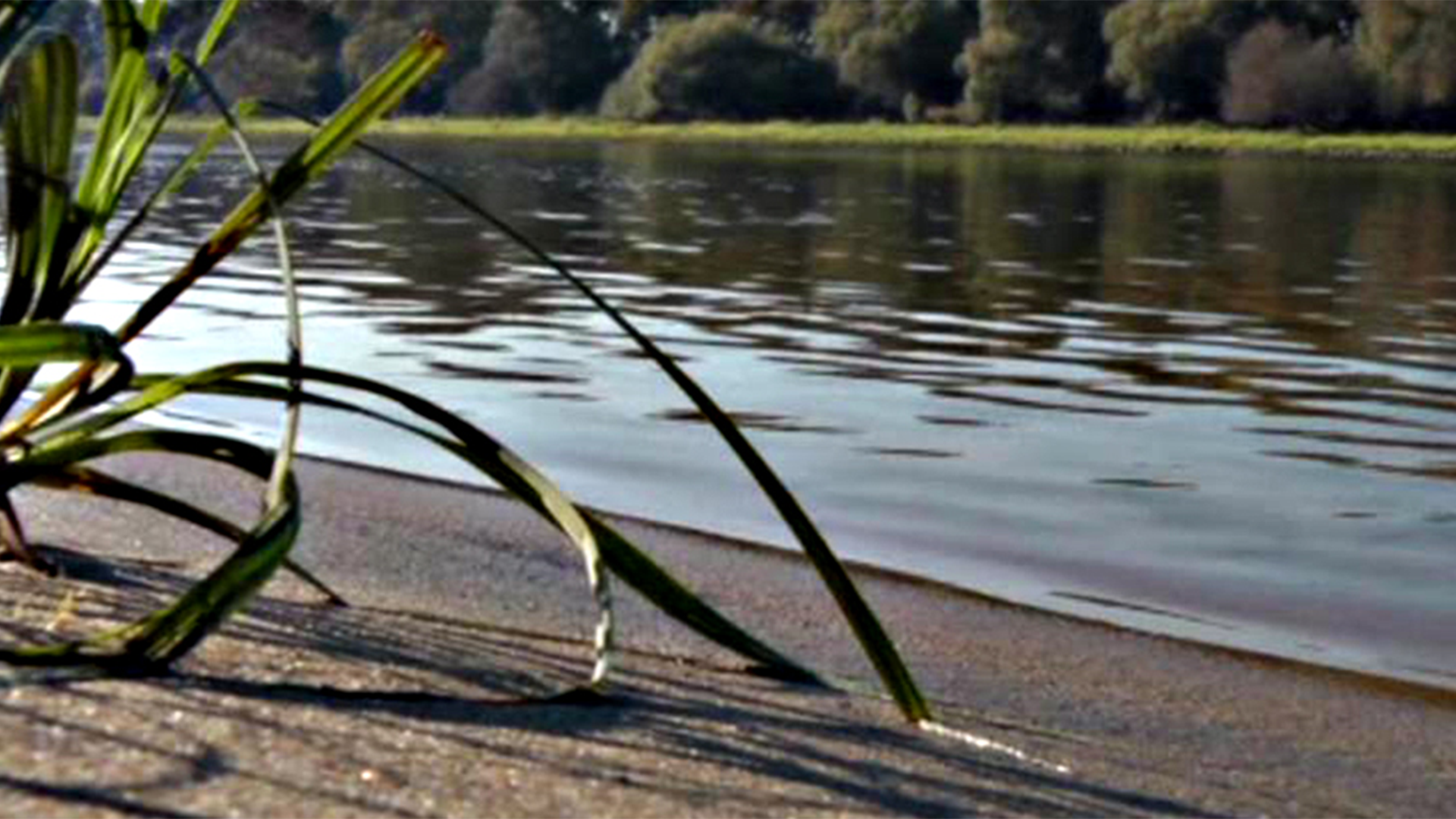
Curriculum-centred and oriented towards educational standards
Matching
Blogging
The weblog or blog, for short, as a medium is not much older than this century. Blogs came into being in the World Wide Web as ’messages from below’, as web pages from web creators who wanted to share their view of the world with the world. They are short notes, long texts, pictures, videos, which are posted loosely and at random intervals to the world for an undefined public.
Pupils Practise Inclusion
When people come together, no matter under what concomitant circumstances – ultimately, it is about how these people meet and how openly they interact with one another.
Youth Movement
Dancing until your feet hurt: Here, at the meeting on the Hoher Meissner near Kassel, 3,500 participants from Boy Scout associations, youth and Wandervogel groups from all over the German-speaking region have gathered. They want to celebrate, simply get to know each other and commemorate a historic anniversary.





